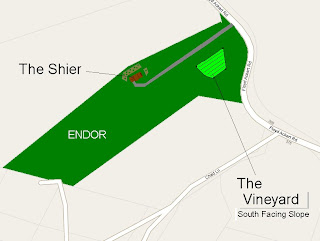2010 Riesling Fermentation Curve

The basement at the Shier provides a perfect environment. With steady cool temperatures, the juice undegoes primary fermentation over three weeks. The chopiness in the brix curve (the green) is most likely small measurement error as opposed to variation. The temperature variations may be a result of overshoot and undershoot on the temperature controller. A flat temperature line and a long slow sloping brix curve are best for Riesling. I racked the wine to carboys on Sunday. The brix is 1.77 and the taste is intense. It's been a good year for Riesling.










